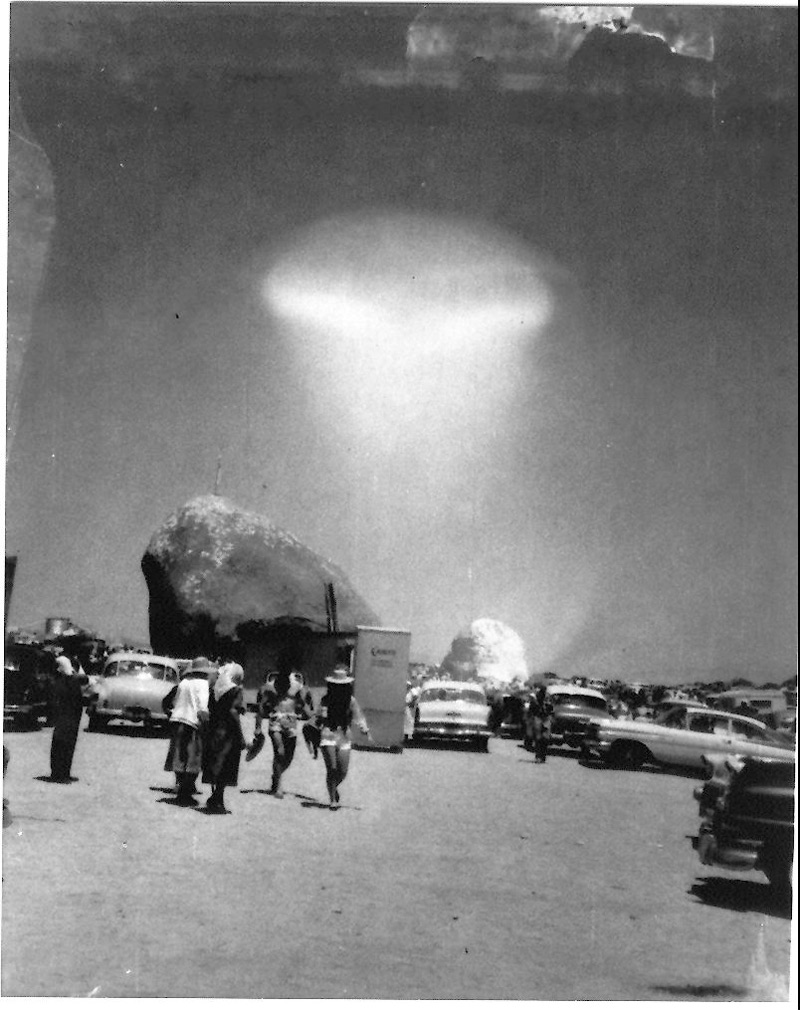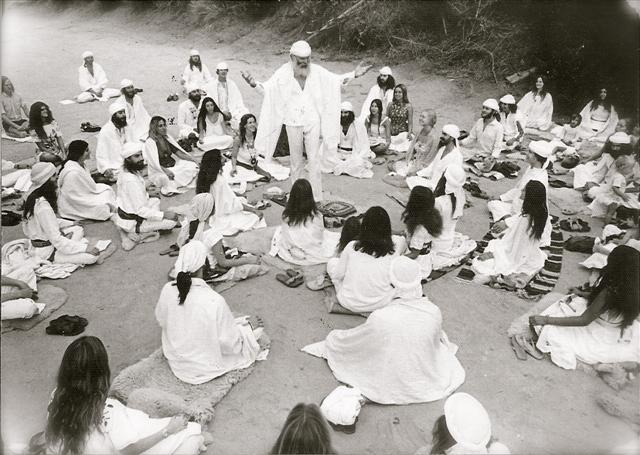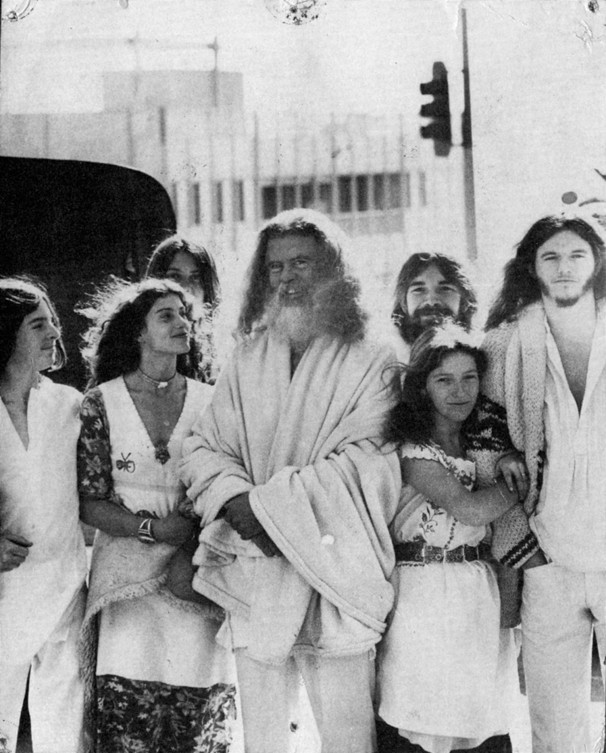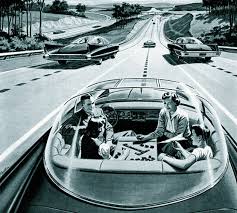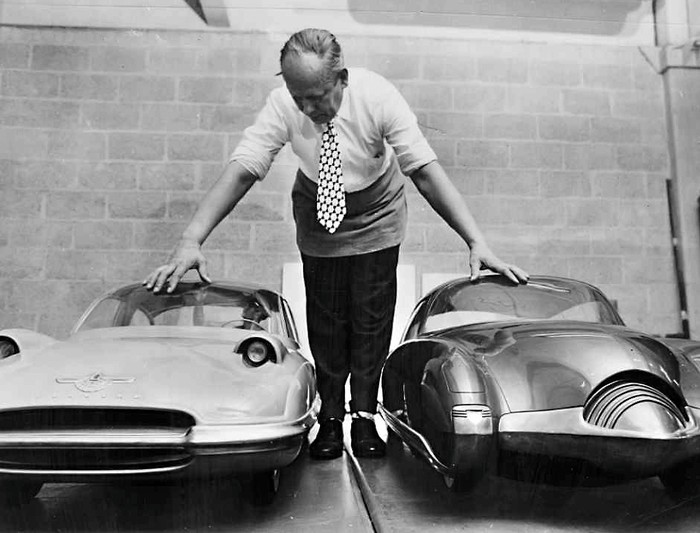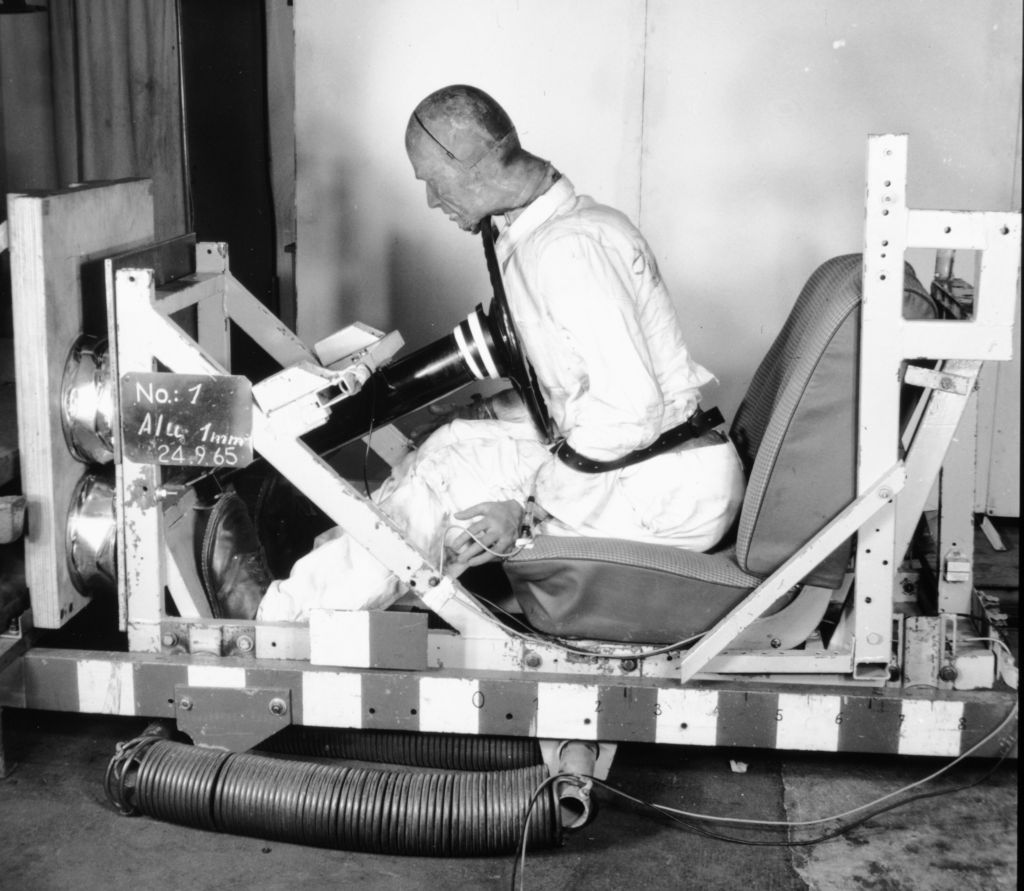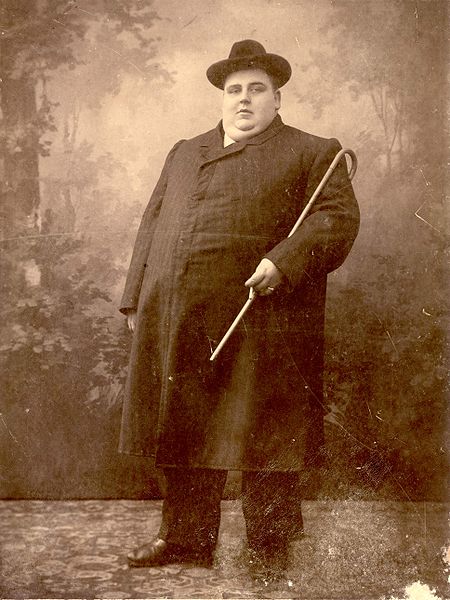You would think Google would want its autonomous cars to drive every loop–jump through every hoop–to prove that its software is safe and shut up naysayers. But the search giant instead hopes to speed up the process, lobbying California to certify the robocars based on test drives that are computer simulations which don’t involve real roads. From Mark Harris at the Guardian:
“Google has built a ‘Matrix-style’ digital simulation of the entire Californian road system in which it is testing its self-driving cars – and is lobbying the state’s regulators to certify them based on virtual rather than real driving.
The extensive simulation – reminiscent of the virtual cities created for human captives in sci-fi blockbuster The Matrix – exists entirely inside computers at the company’s Mountain View location, and the cars have so far virtually ‘driven’ more than 4 million miles inside it, facing challenges just like those in the real world, such as lane-weaving motorists, wobbly cyclists and unpredictable pedestrians.
The ambition of the simulation illustrates how serious the tech company is at developing self-driving cars, an innovation that has been independently estimated as worth billions of pounds if widely implemented.
California’s regulations stipulate autonomous vehicles must be tested under ‘controlled conditions’ that mimic real-world driving as closely as possible. Usually, that has meant a private test track or temporarily closed public road.
But Ron Medford, Google’s safety director for the self-driving car programme, has been arguing that the computer simulation should be accepted instead. In a letter in early 2014 to California state officials, which the Guardian has obtained under freedom of information legislation, Medford wrote: ‘Computer simulations are actually more valuable, as they allow manufacturers to test their software under far more conditions and stresses than could possibly be achieved on a test track.’
He added: ‘Google wants to ensure that [the regulation] is interpreted to allow manufacturers to satisfy this requirement through computer-generated simulations.'”







